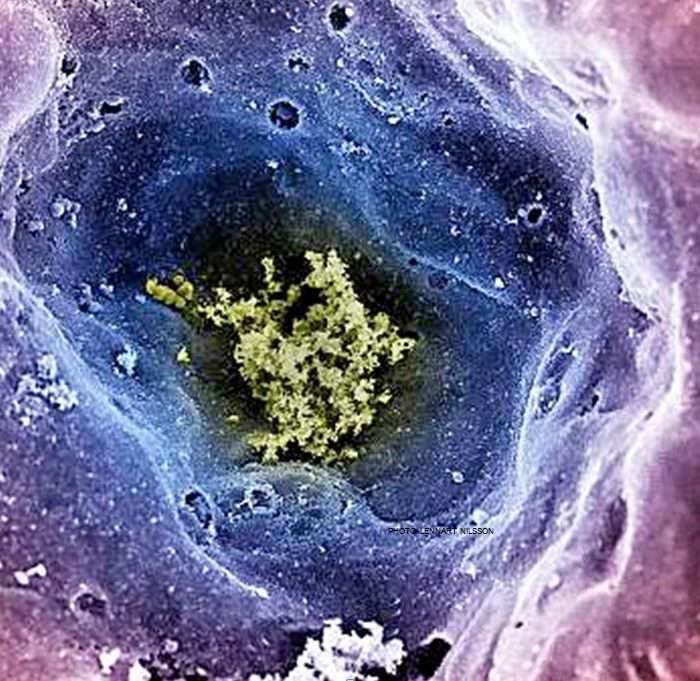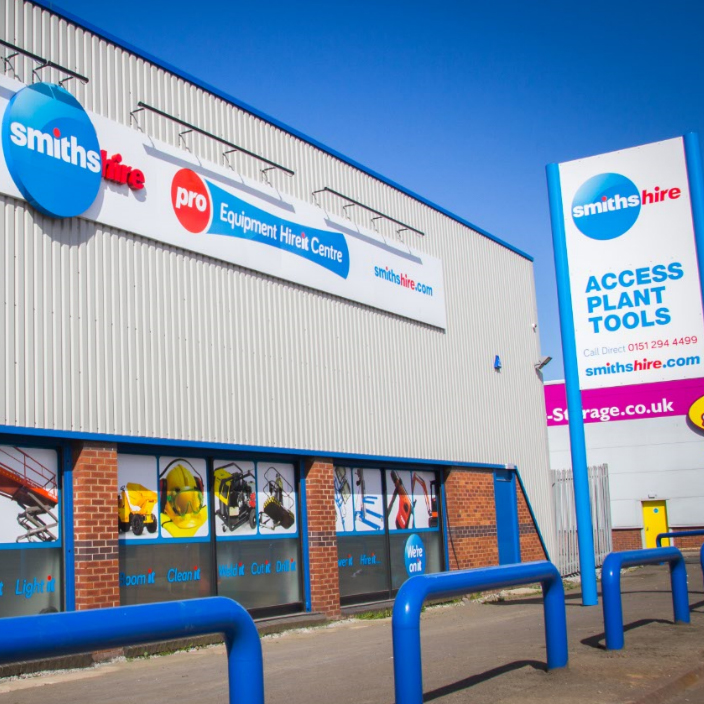Some would probably highlight the obvious dangers of improperly using chainsaws, or nail guns, or a variety of other equipment you can procure through our tool hire services.
But when it comes right down to it, relatively few of them would probably say dust. And yet, these minuscule particles can be one of the single biggest hazards to workers in a huge range of commercial sectors. Here are some of the most critical reasons why – and what you can do about them and the Dust Control measures that you may be able to put in place to protect your workforce.
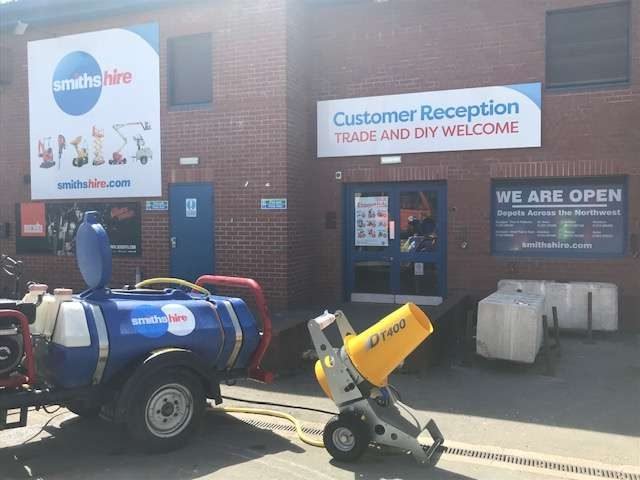
Dust can irritate the eyes and skin
You don’t need to have any particular specialist knowledge to identify one of the most obvious ways that dust can affect health and safety; high enough concentrations can cause intense irritation to the eyes and skin. This can be extremely unpleasant even in the best case scenario and can have even more serious consequences for the 4.2 million people in the UK who wear contact lenses. What’s more, even briefly obscuring vision for anyone in a high-intensity environment like a warehouse can all-too-easily lead to a major accident.
Irritation to the skin can be equally unpleasant, and while the danger isn’t quite as immediate. Repeated or long-term exposure to dust can lead to allergic reactions, which may manifest as itchiness, scaling and dryness. Crucially, some manufacturing processes can produce dusts that contain carcinogenic chemicals, which can potentially lead to skin cancer.
How to minimise the danger of irritation
You already know one of the most vital steps – everyone working in environments that might produce any sort of dust should be fully equipped with the right Personal Protective Equipment, or PPE. That includes eye protection and dust masks at a bare minimum (more on those in a moment) and ensure that all bare skin is covered up as much as practically possible.
As well as covering up as much as you can, make sure to carry out a risk assessment to identify the specific type of dust that poses the biggest threat to workers, and how it can be effectively monitored and minimised. (In addition to proper PPE, ensuring that there’s a good flow of air throughout the space is an absolutely crucial step, as it can be instrumental in preventing dust building up into dangerous concentrations.)
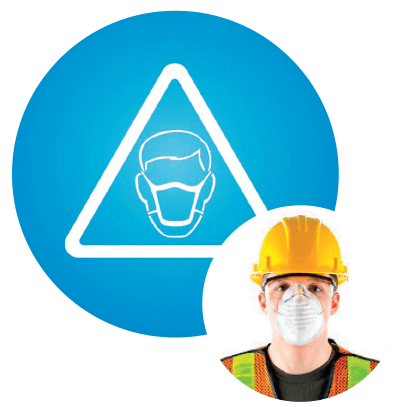
Dust can be explosive
The explosive properties of certain dusts are, sadly, often underestimated – a factor that can amplify the danger further. Now, it’s worth noting that not every dust poses an explosive risk. The biggest issue is combustible dust, which is – you guessed it – dust made of combustible materials. These materials include (but are not limited to) wood, light metals, several kinds of chemicals, and agricultural products such as grains, flour, and spices. (It’s something to be aware of if you’re using certain tools, such as when you’ve taken advantage of our chainsaw hire.)
If any of these combustible dusts are permitted to gather in high enough concentrations in enclosed spaces, then the fine particles can all too easily be ignited by a single spark. As you’ll already know, the average industrial environment has no shortage of sources that could produce this sort of spark, ranging from a metal ember to a stray cigarette spark. Once the dust cloud ignites, it begins a process called deflagration, which is quite a technical way of saying that it blows up and fires off a high-pressure airwave in all directions. Often, it’s that airwave that can be especially deadly, as it can displace other dust and similarly flammable materials in its path, potentially causing secondary or even tertiary explosions.
How to minimise the danger of explosions
Again, most of the key steps will be obvious for any experienced foreman or warehouse manager; the main ones include making sure that the space is properly ventilated, and that steps are taken to monitor the amount of potentially explosive dust that’s produced by certain industrial activities. When these start to reach potentially dangerous levels, you’ll need to consider how to manage the downtime that may be necessary – or if you can’t afford that, when instead think about the fastest and most efficient ways that you can make the area safe again. (Obviously, emphasis on the second aspect over the first one!)
Feel free to take a look at our range of Dust Suppression and Dust Extraction products that we have available for hire – they’re perfect for alleviating some of the issues surrounding dust on your site.
Dust can cause respiratory issues and deadly diseases
Now we come to the most critical hazard of dust in the workplace, namely that it poses a massive risk to respiratory health, which is one of the main reasons why respiratory equipment is such a pivotal aspect of PPE for so many industrial businesses. In fact, respiratory issues comprise the single most severe health hazard associated with workplace dust.
We’ll give you a quick breakdown; basically, fine dust particles (often referred to as respirable dust) can be easily inhaled through the nose and pharynx. This dust can then build up in the lungs, causing blockages in the chest. The milder consequences of this include the triggering of coughing attacks, wheezing, and chest tightness. However, these breathing problems can then become long-term, and sometimes develop into chronic illnesses. Many are referred to under the umbrella term of occupational asthma; that is, asthma that’s been specifically caused by work activities, rather than allergies or natural factors.
Sadly, it’s common for many types of occupational asthma to evolve into terminal illnesses. Every year, more than 500 British construction workers die from exposure to silica dust alone. It’s estimated that there are about 13,000 deaths a year in the UK due to occupational lung disease and cancer, with construction workers making up a significant proportion of these.
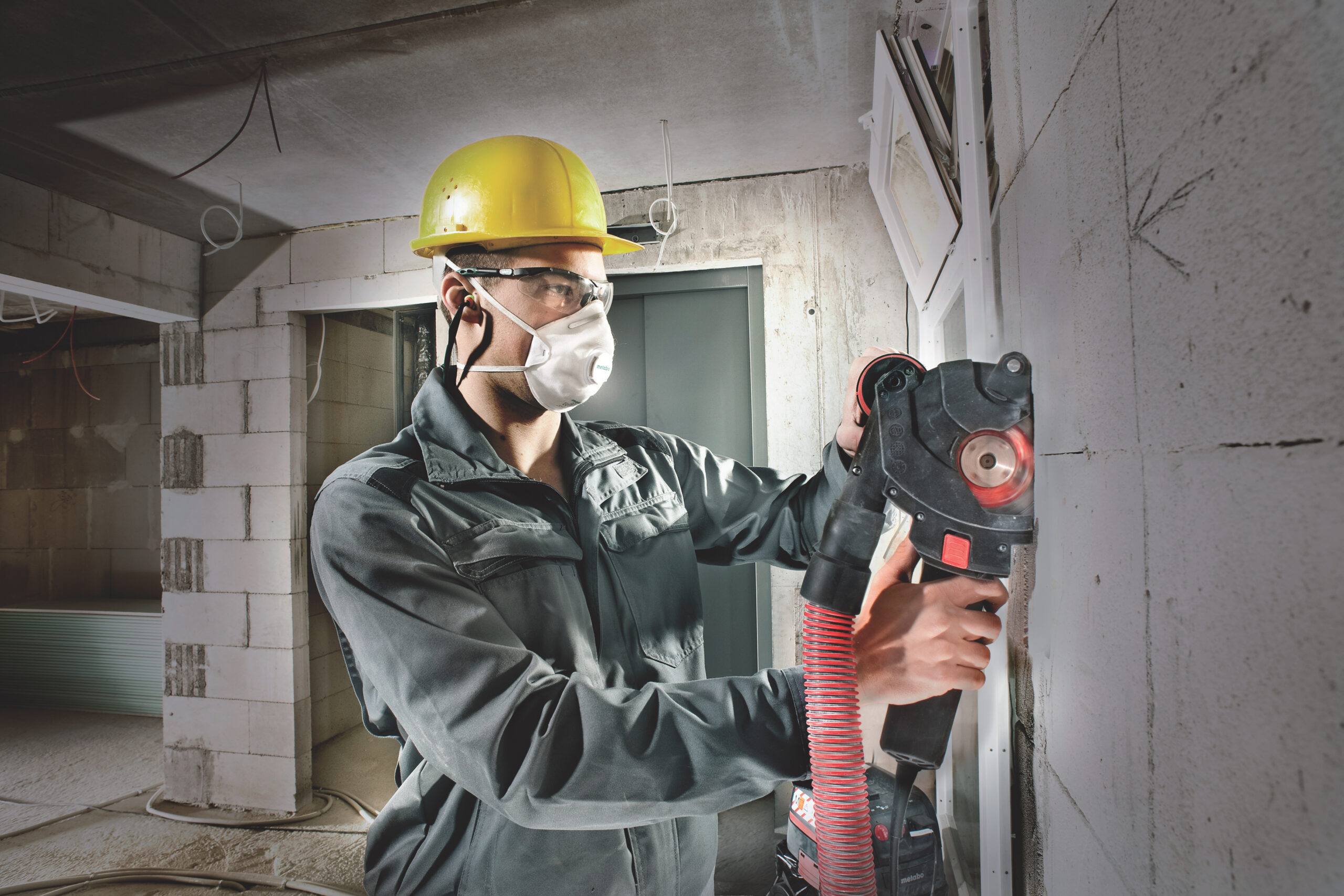
How to minimise the danger of respiratory diseases
Once more, the most effective ways to protect your health, and that of your employees, will probably depend on the specifics of your circumstances and premises, as well as the nature of the work being done there. That means a thorough risk assessment is the very first step to take, so you can identify the specific risks and develop tailored measures to counteract them.
In general though, it’s all about planning, preparation and PPE. Having proper dust masks and eye protection is non-negotiable. But you’ll also need to plan ahead to ensure you’re ready for the types of dust that you or your staff may face.
Asbestos, for example, is a particularly potent threat. It’s a building material that’s been banned in the UK since 1999 but is still present in countless buildings that were constructed before that date, which makes it a material regularly encountered by construction workers, painters, electricians, and sometimes plumbers. The same qualities that made it a useful building material are exactly what makes it so dangerous – its fibres are long and thin, so can easily get stuck in the lungs. That often leads to mesothelioma, a severe and aggressive type of cancer. Sadly, most cases are terminal; most patients tend to be given a 12-month prognosis once they’re diagnosed.
It’s a risk that’s not unique to asbestos; long-term inhalation of silica dust can result in silicosis, which inflames and scars the lungs.
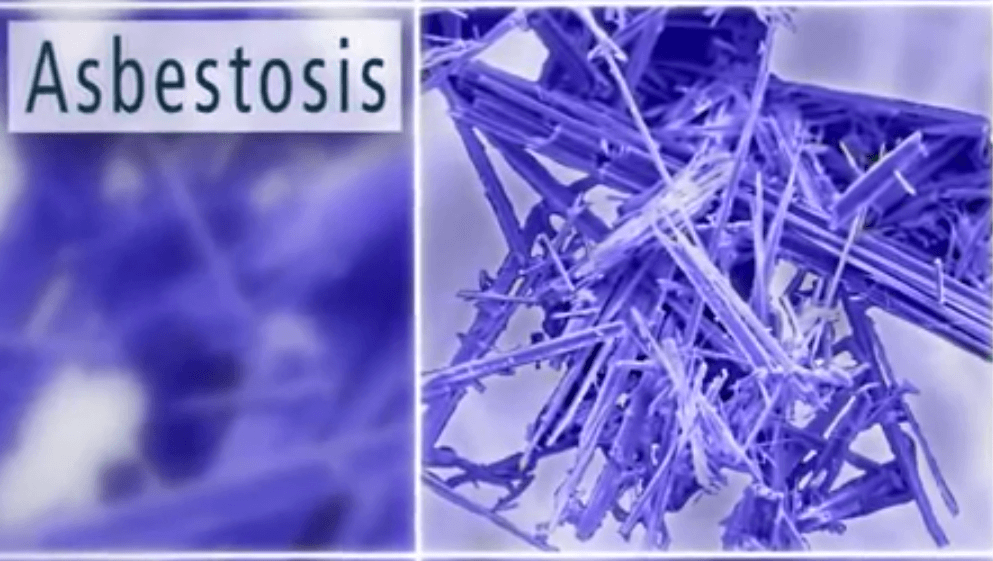
Those are just two examples – ultimately, it’s up to you to ensure you’re protecting your employees (or yourself!). If you’re not sure where to start, it’s worth consulting the COSHH (2002 Control of Substances Hazardous to Health), which contains a number of mandatory measures and recommendations to protect health and safety. Or, by referring to the HSE advice on construction dust for more information.
Don’t hesitate to contact us if you need any help or advice regarding Dust Control products, as well as for our expert tool hire advice and information on our top-of-the-line tools and equipment, available from any of our 16 tool hire depots across the North West & Yorkshire, including several in major cities such as Manchester, Liverpool and Leeds.
However, if you’d prefer to purchase your tools outright rather than hire them, you can also take your pick from a huge range of equipment at our Smiths Hire STIHL Store, so you can always be sure that you’ll be able to find the perfect tools to help you get the job done.
We also supply powered access machines to businesses nationwide – so no matter where in the UK you’re based, you can count on us to be able to help. Get in touch today by making an enquiry with our contact form, or give us a call on 0333 323 2100. We’re here to help!

 SPEAK TO US
SPEAK TO US

